|
Did you know gaboon vipers have the longest fangs of any venomous snake? Their fangs are two inches (5 cm) long.
In spite of their ominous-sounding name, gaboon vipers, although quite venomous, are considered docile creatures, and they rarely bite humans. Most bites occur when people accidentally step on one of the snakes, or when they try to pick one up. If disturbed, these snakes tend to raise their head and hiss loudly before they resort to biting. Not only that, but gaboon vipers can control how much venom they release when they bite, from no venom to a full load. So, a bite to a human might cause no ill effects at all, or it might be deadly. Gaboon vipers are extremely thick and heavy for their length. An individual that is six feet long can weigh 45 pounds (20.4 kg). Gaboon vipers hunt by lying still, well camouflaged, waiting for birds or small mammals to come close enough to strike. Most venomous snakes strike and release their prey, then use their keen sense of smell to track the prey animal to where it has died from the venom. However, gaboon vipers strike and hold on to their prey. Holding on to a mammal that can bite is dangerous business, which is probably why gaboon vipers have fast-acting venom.
0 Comments
Did you know the Egyptian dung beetle (Scarabaeus sacer) was symbolically sacred to the ancient Egyptians? In fact, it is thought the symbol of this beetle was as important to the ancient Egyptians as the cross is to Christians. But why? After all, it's a dung beetle, right?
Well, the dung beetle was considered a symbol of Khepri, the early morning version of the sun god Ra. So, how exactly was that connection made? Dung beetles have a habit of rolling a ball of dung to a suitable location (where they lay their eggs in the dung). Egyptians compared this seemingly endless task of dung beetles to Khepri's task of rolling the sun across the sky. Not only that, but Egyptians noticed that baby dung beetles eventually emerged from the balls of dung, and they (incorrectly) assumed that the male beetle could make babies without the help of a female, simply by depositing his sperm into the ball of dung. So, they compared this "phenomenon" to the god Atum, who also made babies without any help. Personally, I consider dung beetles to be fascinating even without their historical "sacredness." Did you know there is a weird type of sea cucumber, called a sea pig, that snuffles around on the bottom of the ocean looking for food? The sea pig (Scotoplanes globosa) lives in really deep areas of the ocean, and it feeds on algae and animals that die and sink to the ocean floor. When a large animal, like a whale, dies and sinks, huge herds of sea pigs gather around it to feed on the decaying matter.
A particularly interesting thing about sea pigs is that, for some reason, they are often seen with a juvenile king crab clinging to them (in the photo below, the juvenile crab is beneath the sea pig, and you can see two of its pink legs grasping the sea pig's body). No one knows for sure why. One hypothesis is that the young crab is protected from predators when near the sea pig, as sea pigs secrete toxic chemicals from their skin. Predators don't like that stuff, but the young king crabs don't seem to care. So, perhaps sea pigs are crab babysitters. Did you know there is an earthworm in Australia that is typically a meter long? The giant Gippsland earthworm lives in the grasslands of Victoria, and some individuals grow to over six feet (2 m) long!
People can actually hear these earthworms moving through the soil beneath their feet, and it sounds like water draining from a bathtub. As I'm sure you can guess, this is the largest earthworm species in the world. And there are a lot of species of earthworms—about 1,000 just in Australia, and 7,000 worldwide. So the Gippsland earthworm is pretty special. Like other earthworms, the Gippsland giant earthworm is hermaphroditic (each individual has both male and female sex organs). They mate below ground. When they find a suitable mate, they squeeze into the same tunnel together and line up next to each other. Then, they exchange sperm with each other. So, when they mate, they both get pregnant. Did you know the blobfish is not really as ugly as the photos you've seen online? The blobfish, also known as the blob sculpin or the fathead, is a deep-sea bottom feeder found in waters around New Zealand and Australia. The species wasn't discovered until 1983. Okay, let's dispel the big myth about the blobfish... that it looks like a blob with a huge nose. You may have seen viral photos like the one below: Yes, that really is a blobfish. But... that isn't what they look like when they are alive. Here's the real story: Blobfish live in really deep water, between 600 and 1,200 meters deep, where the pressure is at least 100 times greater than what you are now experiencing on the surface. When a blobfish is caught in a net and brought to the surface, the decompression causes its tissues to expand (killing it, obviously), and this distorts is features, particularly expanding its nose into a blob. Basically, it becomes a blob of goo, like a jellyfish washed up on a beach. Think of it this way... if I were caught and pushed down to 1,200 meters in the ocean, the pressure would make me look downright squishy and ugly too! Now, here is what a live blobfish actually looks like: Photo Credits: - Dead blobfish - Shahradraki, CC BY-SA 4.0, via Wikimedia Commons - Live blobfish - NOAA/MBARI, Public domain, via Wikimedia Commons Did you know the Yangtze giant softshell turtle is the largest freshwater turtle in the world... and is also the most endangered turtle? There are about 30 species of softshell turtles, which are characterized by having a long neck and a flat, flexible shell. The Yangtze giant softshell, by far the largest, can weigh up to 546 pounds (247 kg). The Yangtze giant softshell used to live in southeastern China and northern Vietnam. Unfortunately, the species has suffered habitat loss and overhunting to the point of being almost extinct. In fact, only three individuals are known to exist. One of the three is a captive male turtle in China. A female was spotted in the wild in Vietnam, and In 2020 another individual was thought to be spotted in the same area. There could be a few more that haven't been found. Can a turtle species with only three known individuals possible avoid extinction? Maybe. If scientists can capture a female, and get the female to mate with the only male in captivity, it's possible the female could lay several hundred eggs. Photo Credits: - Yangtze giant softshell turtle - Phuongcacanh at Vietnamese Wikipedia, CC BY-SA 3.0, via Wikimedia Commons |
Stan's Cogitations
Everyone needs a creative outlet. That's why I write. Archives
April 2024
|

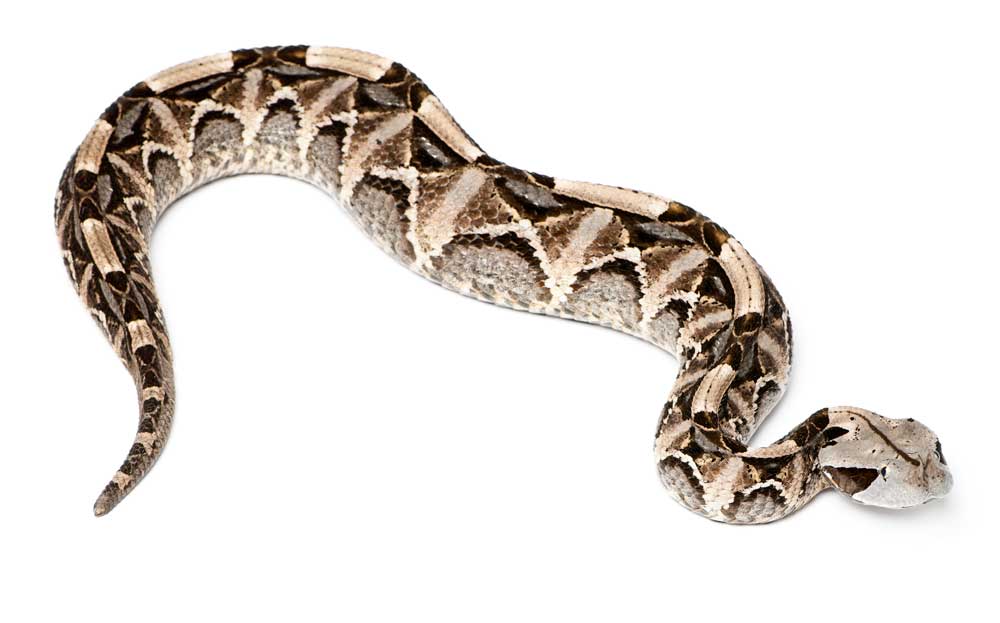
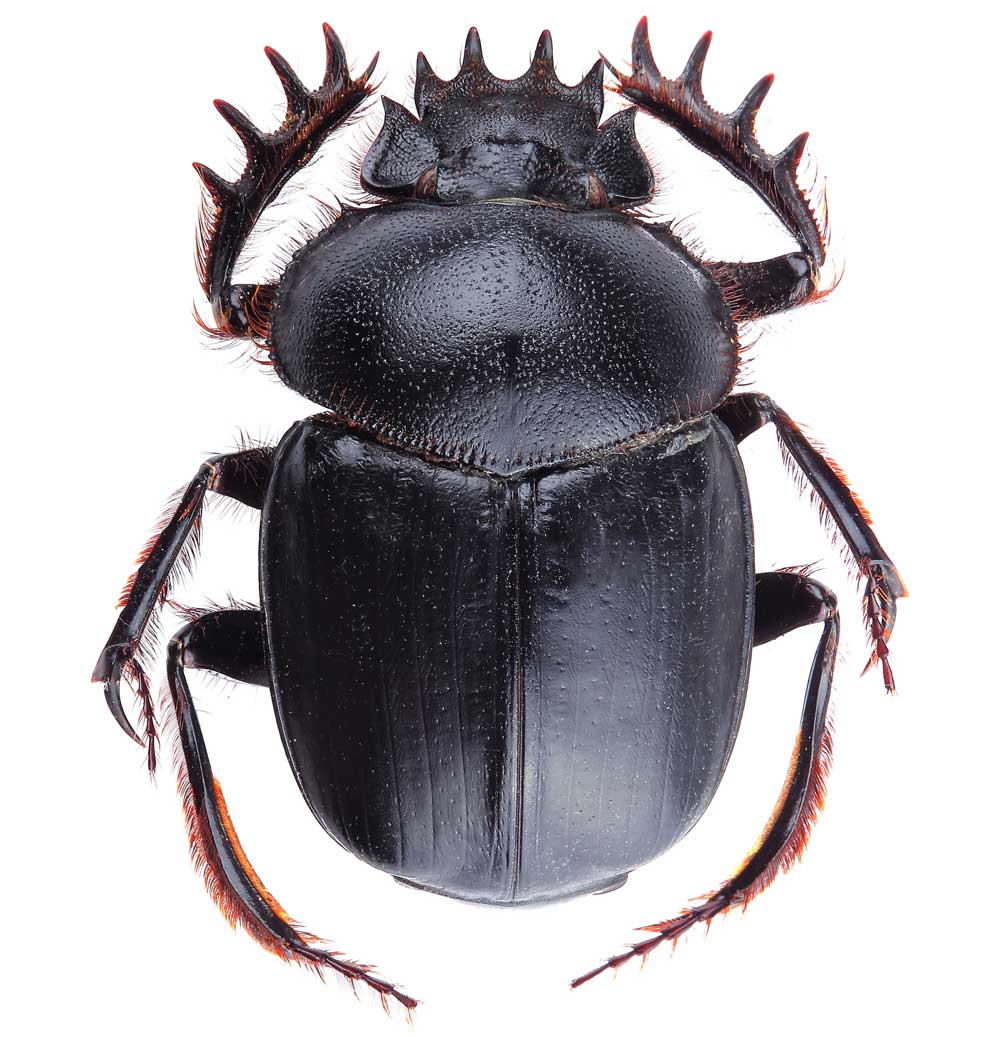
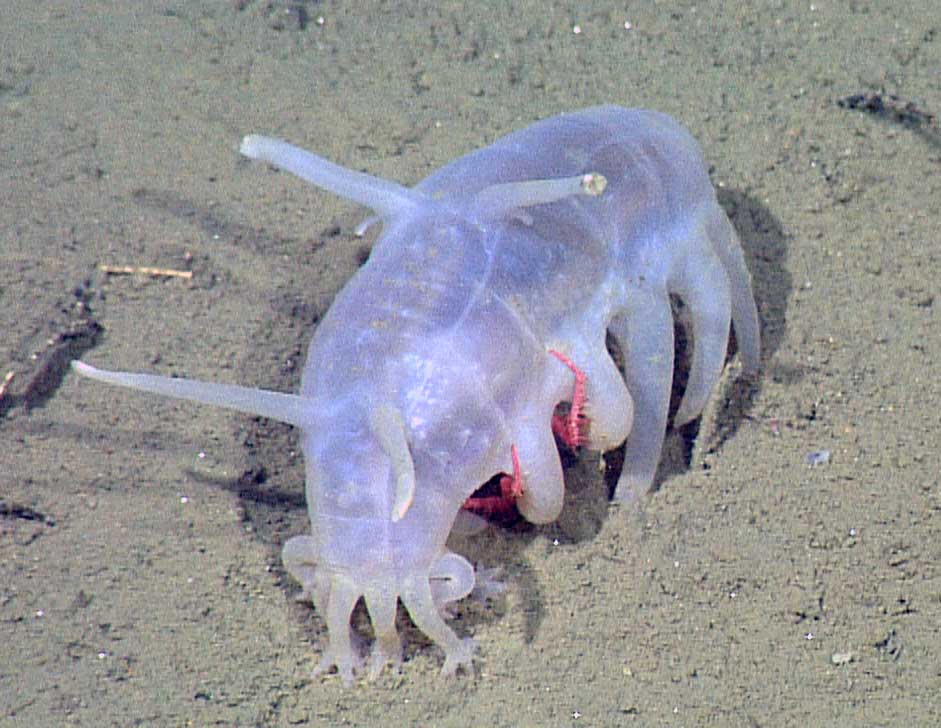
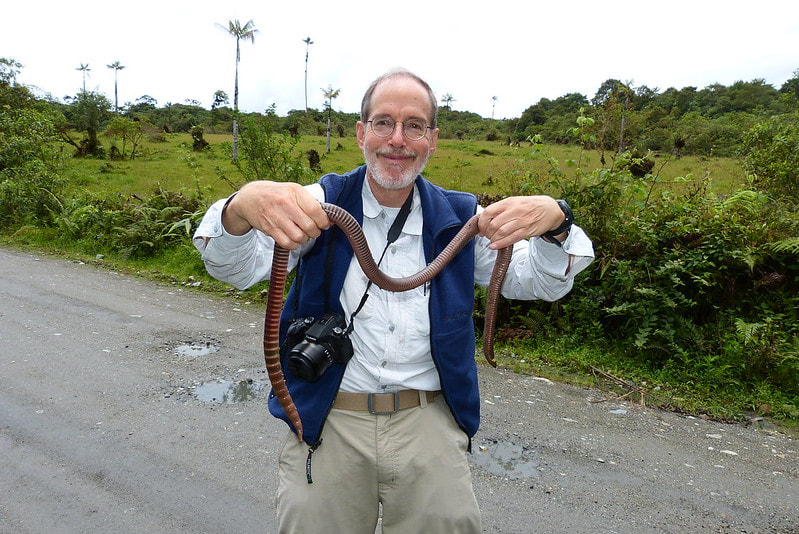
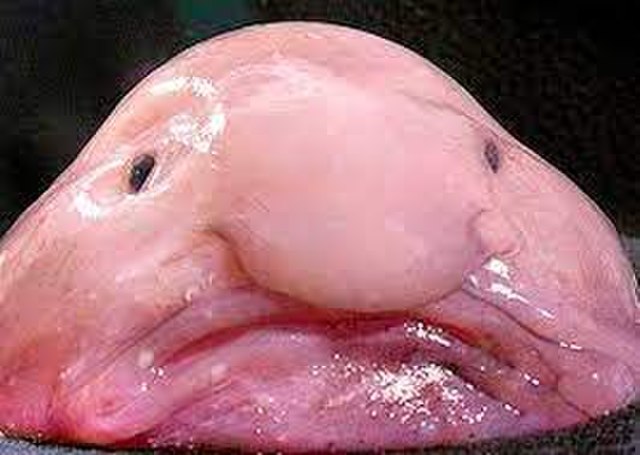
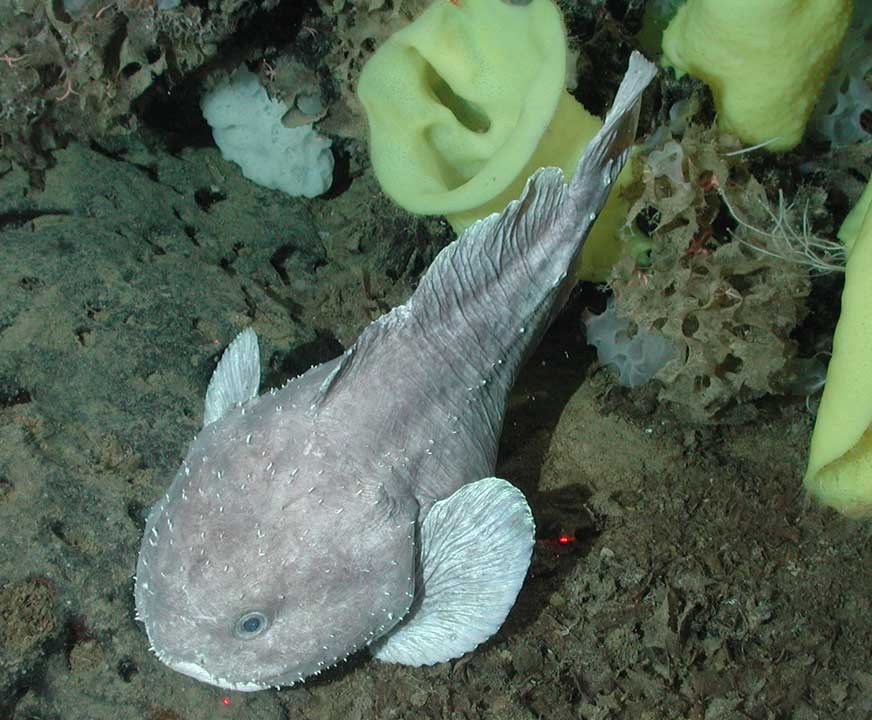
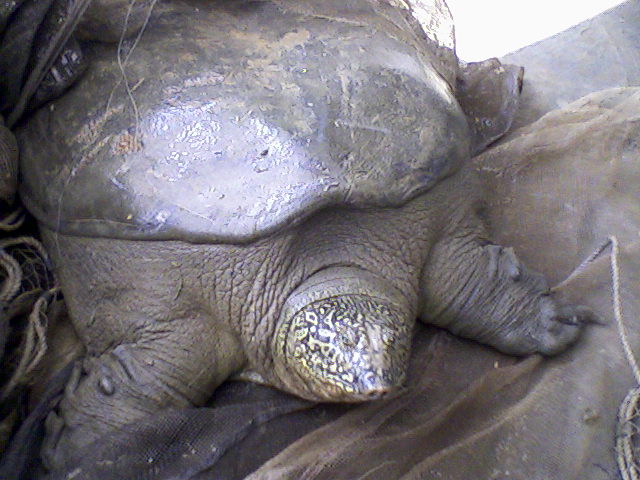
 RSS Feed
RSS Feed